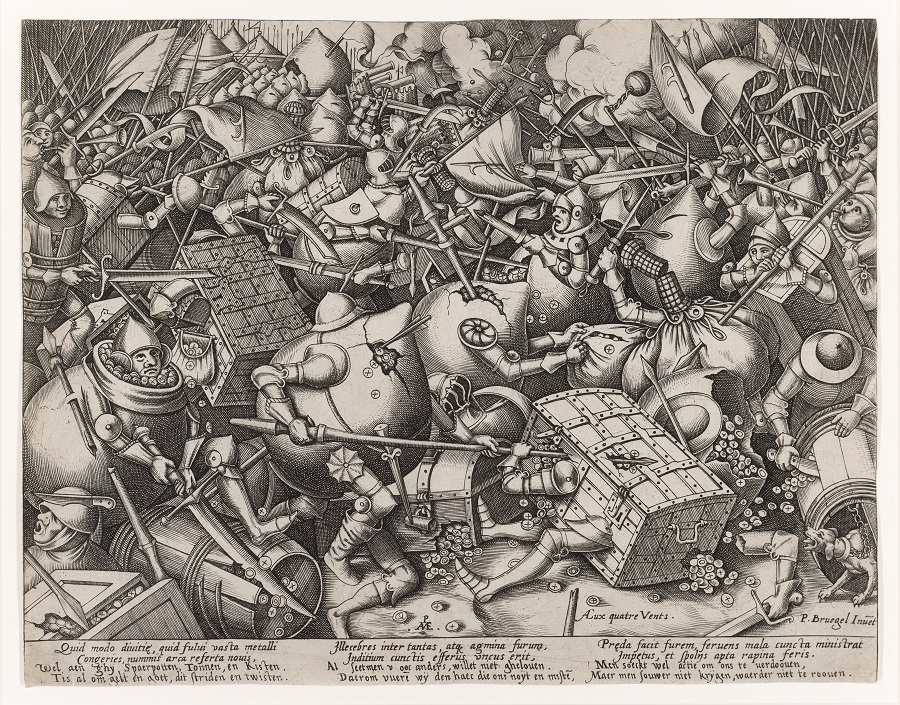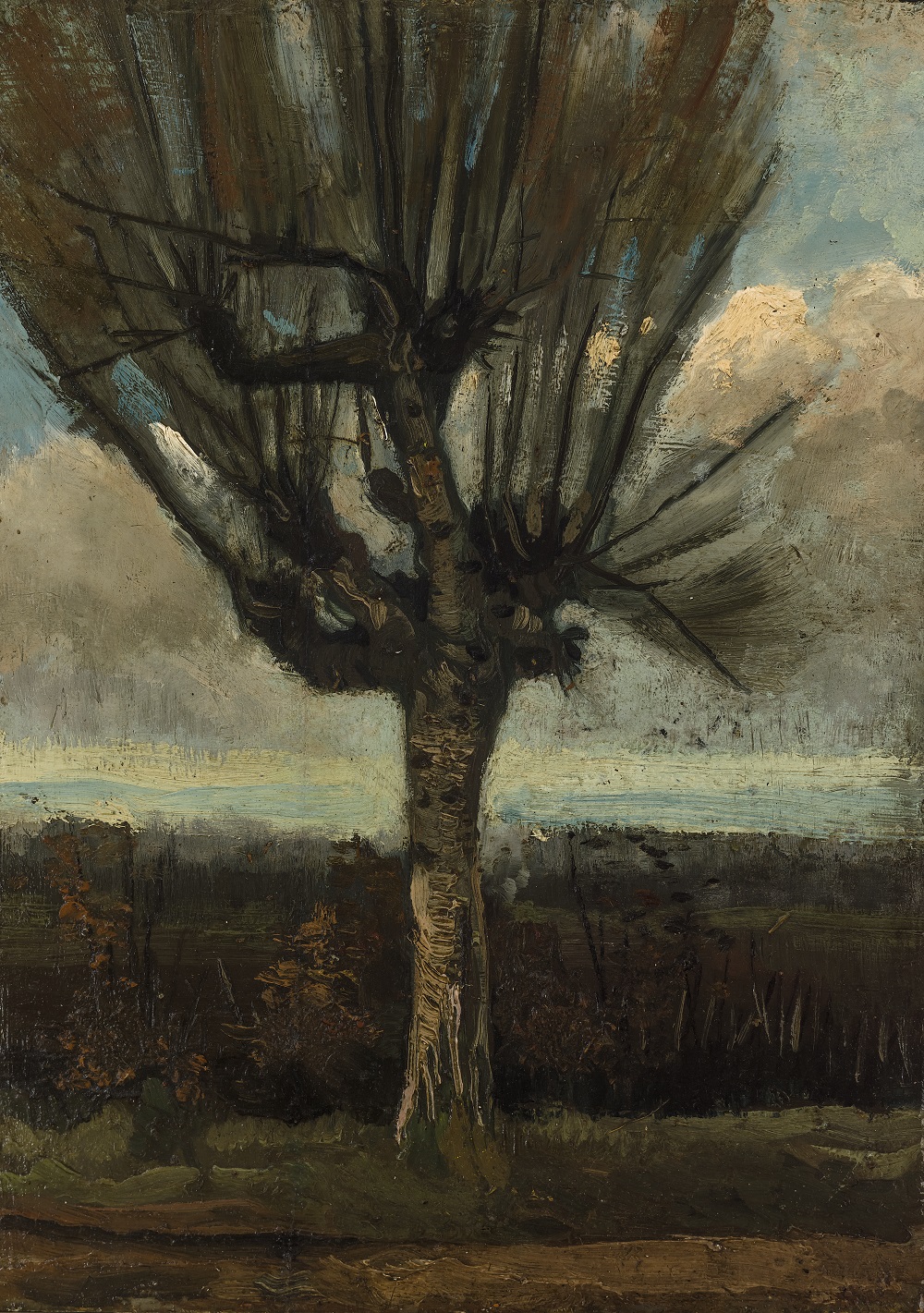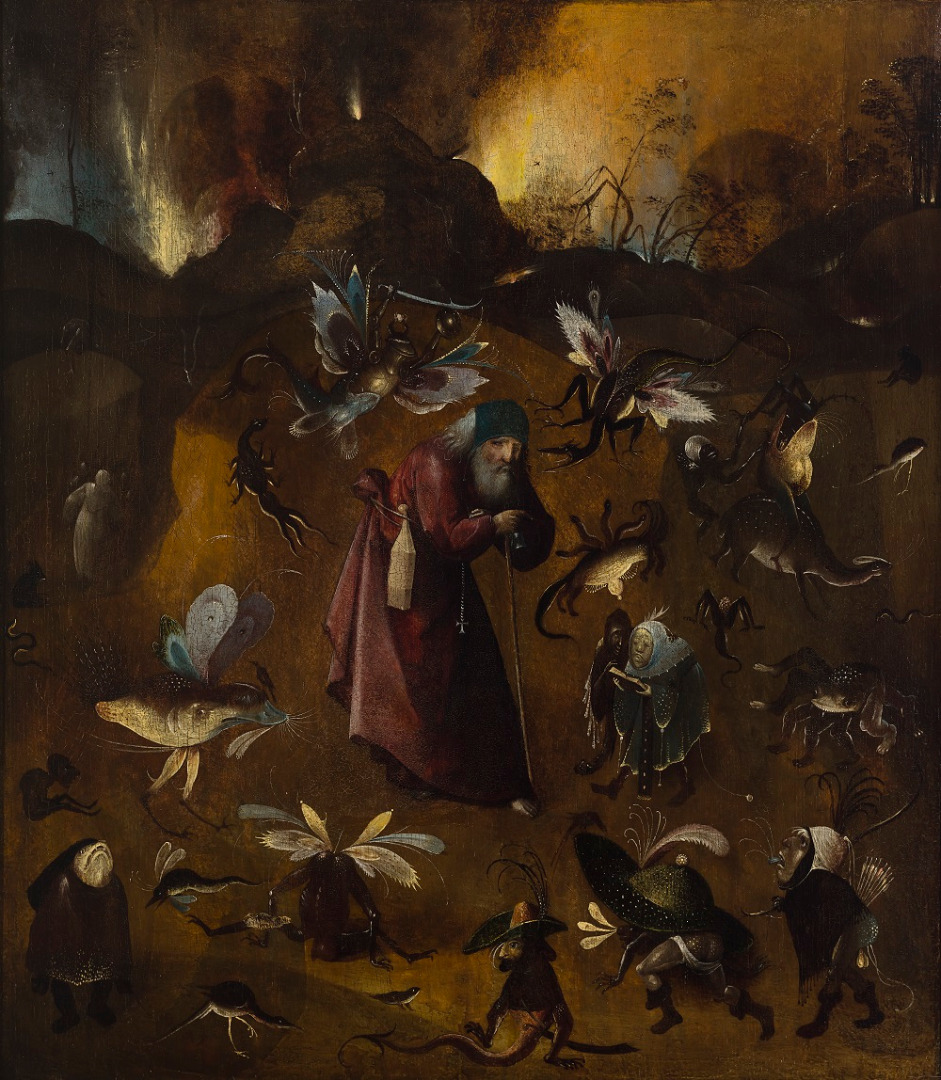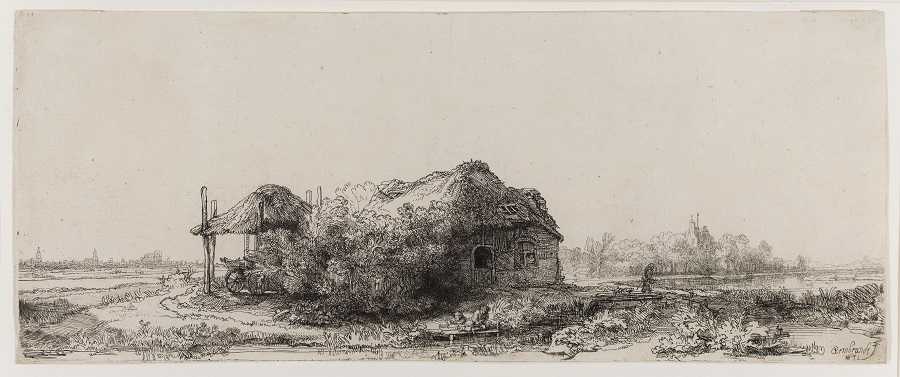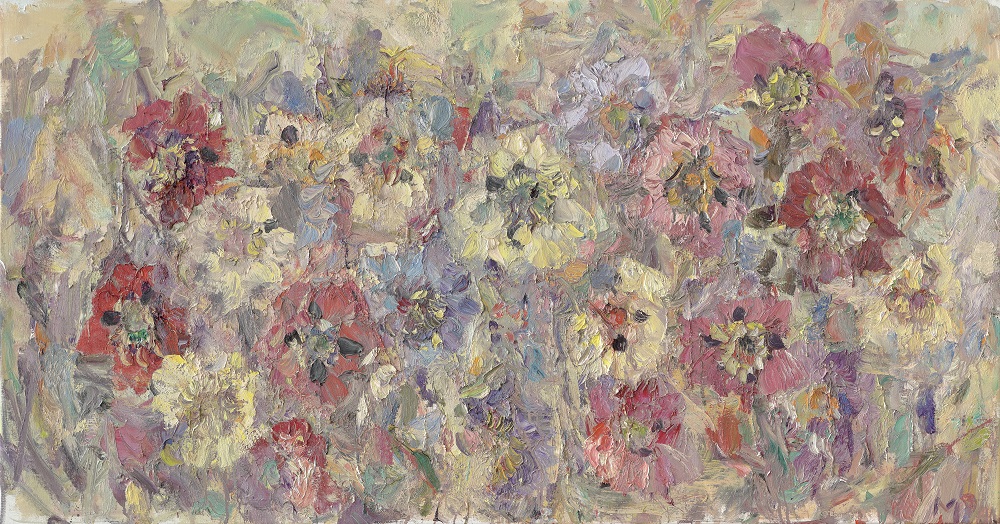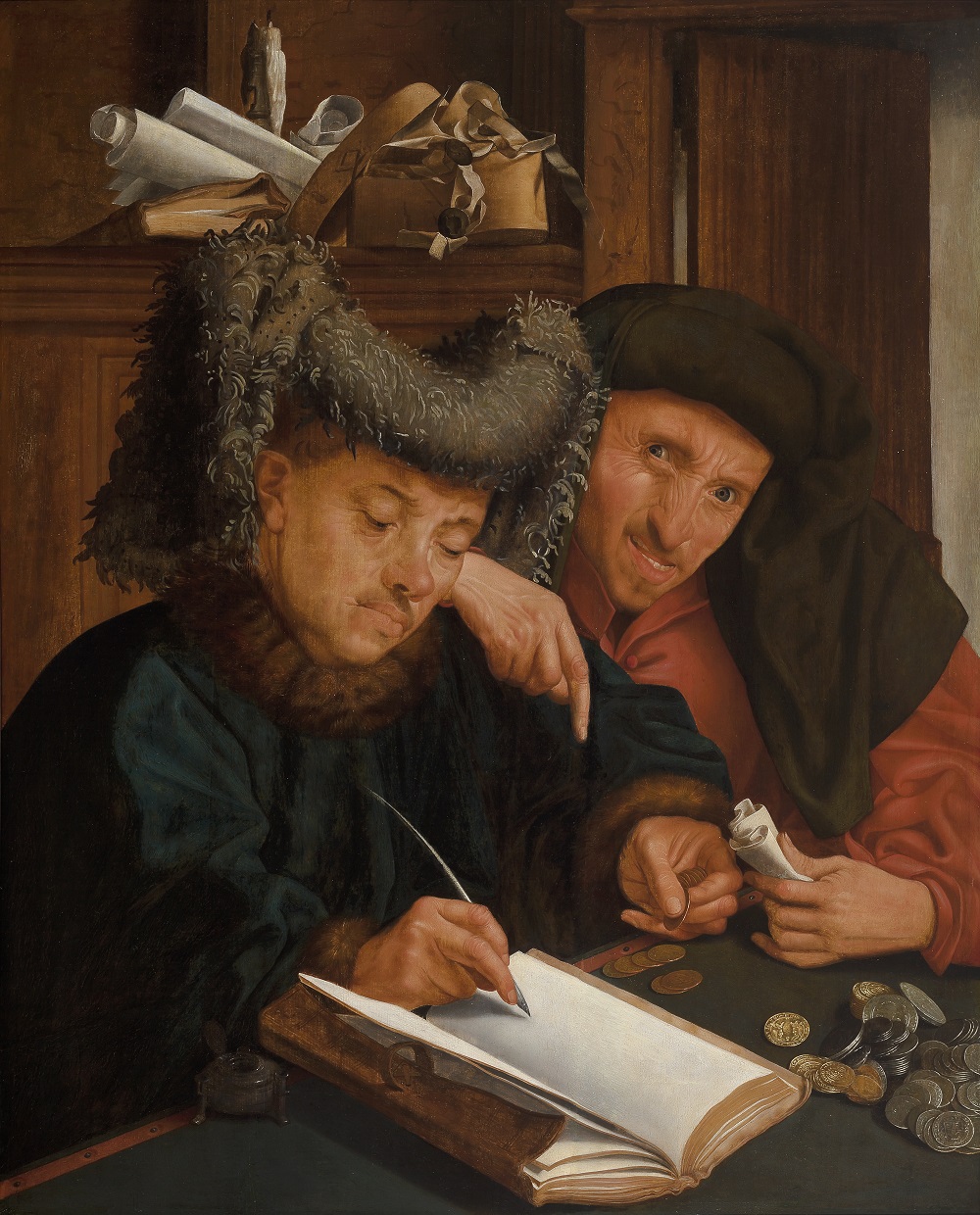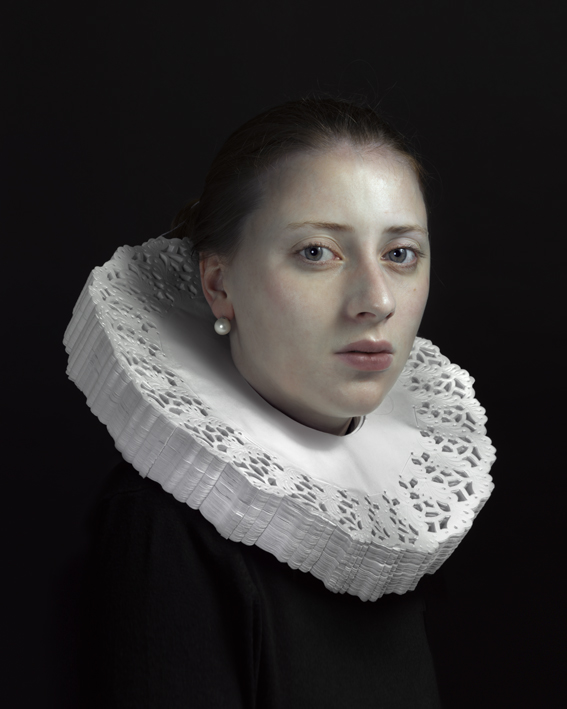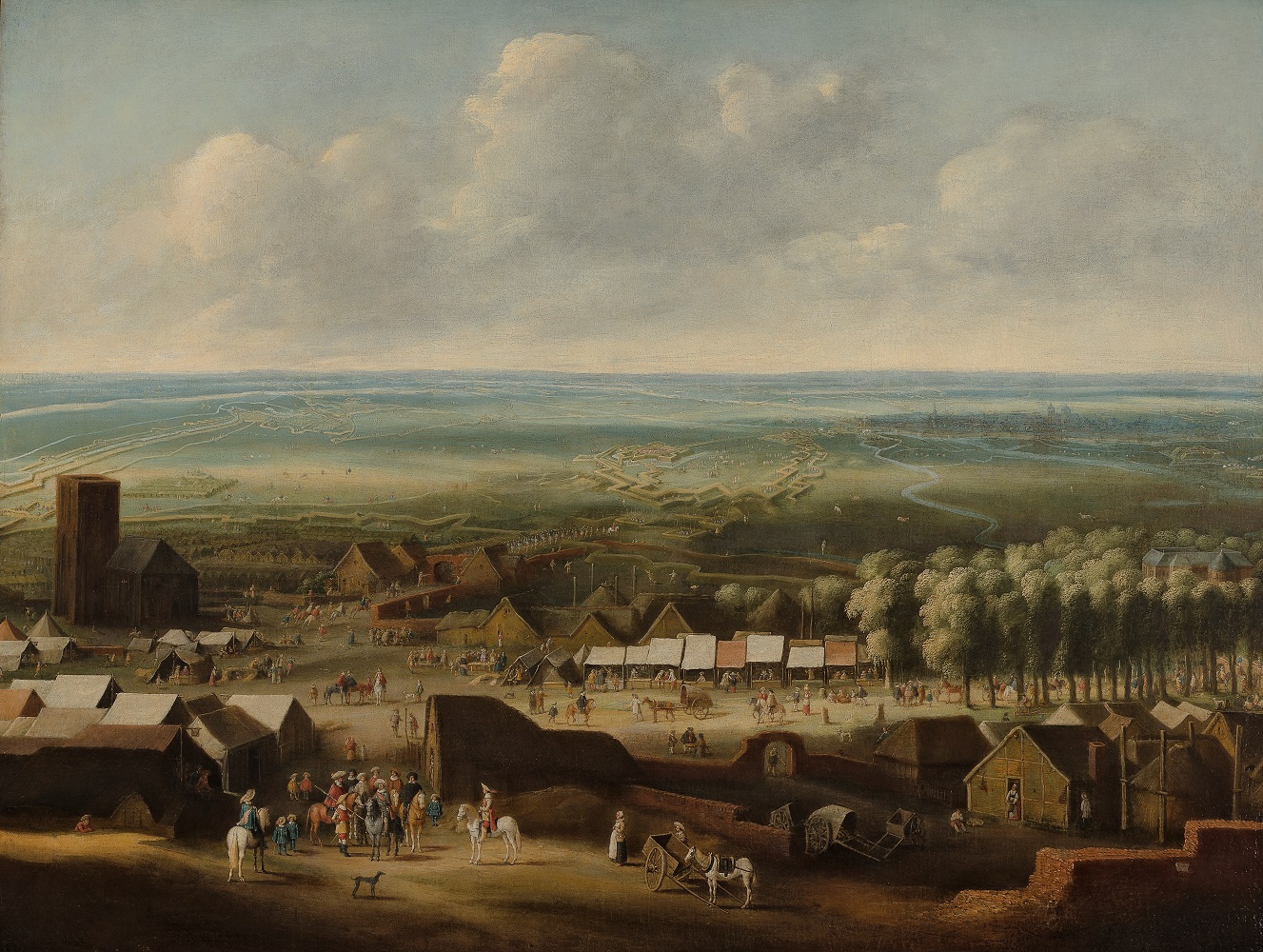Van Lanschot Kempen has the oldest corporate art collection in the Netherlands. We feel that art is a natural part of positioning our organisation and brand.
Godefridus van Lanschot (1868-1935) loved the arts and started building our art collection, which now boasts some 1,200 pieces. Our art collection has decorated our offices since we were founded, and paintings, drawings and other artworks make our reception areas and our own offices special and attractive places to work. As a Dutch company, we’re proud of what this country has to offer in every field of art.
Supporting art and artists
Our collection aims to preserve and show the versatility and quality of Dutch visual arts, and we choose to focus solely on works of art that are in some way connected to the Netherlands.
Supporting art and artists is one way that we as a wealth manager can contribute to the preservation and creation of our cultural heritage. And so art is in our DNA. A rich tradition since 1737.
Take a look at our art collection’s top ten pieces.
Our ten finest works
At Van Lanschot Kempen, we feel that art has a very clear purpose: to give new insight, spark an emotion, perhaps even to get us to ponder our place in the universe. Our is a broad art collection, as all works of art – photos, ceramics, paintings or drawings – have their own story to tell. That said, our collection does stand out for a number of themes that we have a particular focus on, the ‘world of finance’ being one.
From its very beginnings, the existence of money has given rise to criticism of the materialism, speculation or niggardliness that money can fuel. We collect works of art that visualise this tension, dating from the 16th century right up to today. In addition, we own an exquisite collection of landscapes from the halcyon days of this country’s Golden Age.
